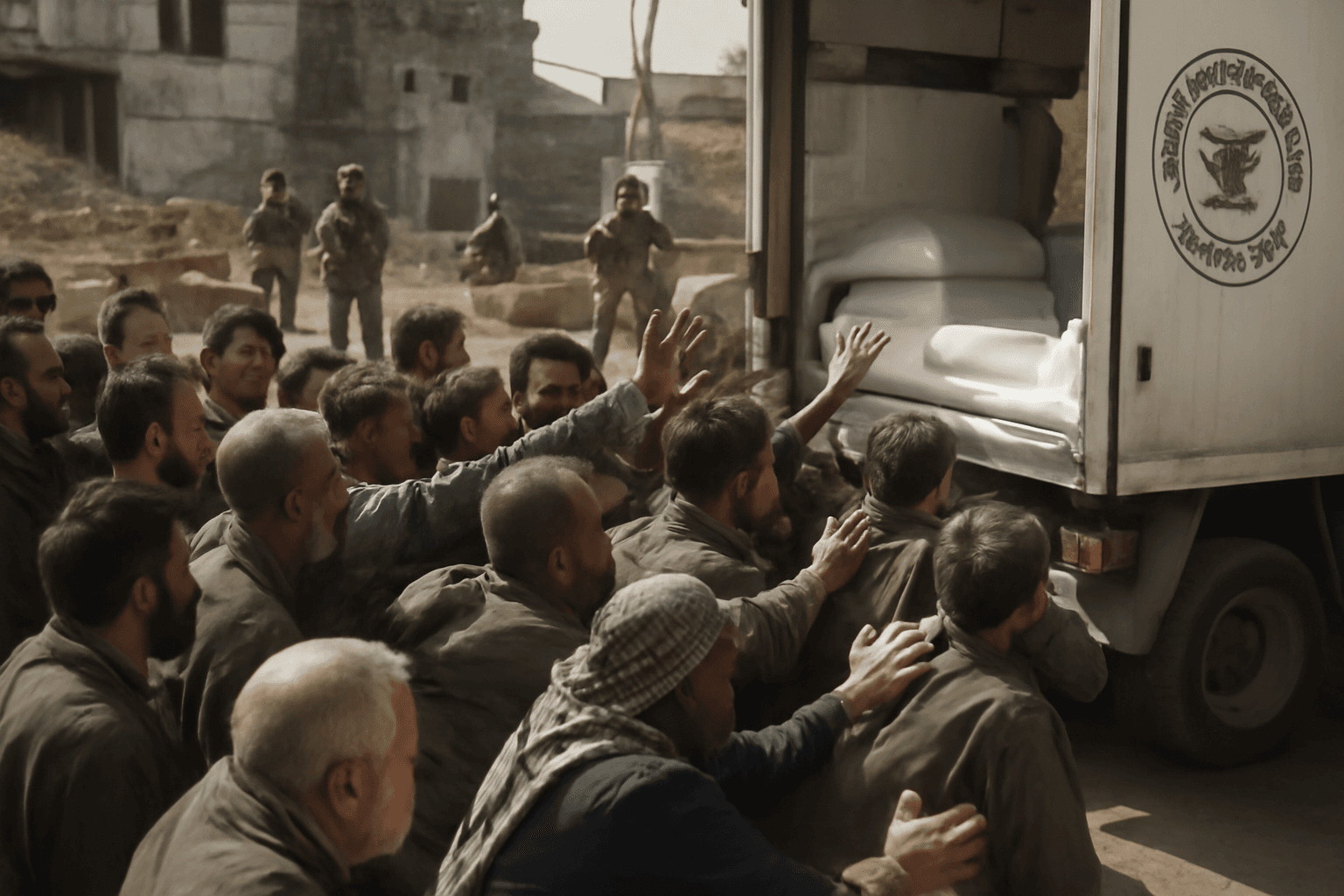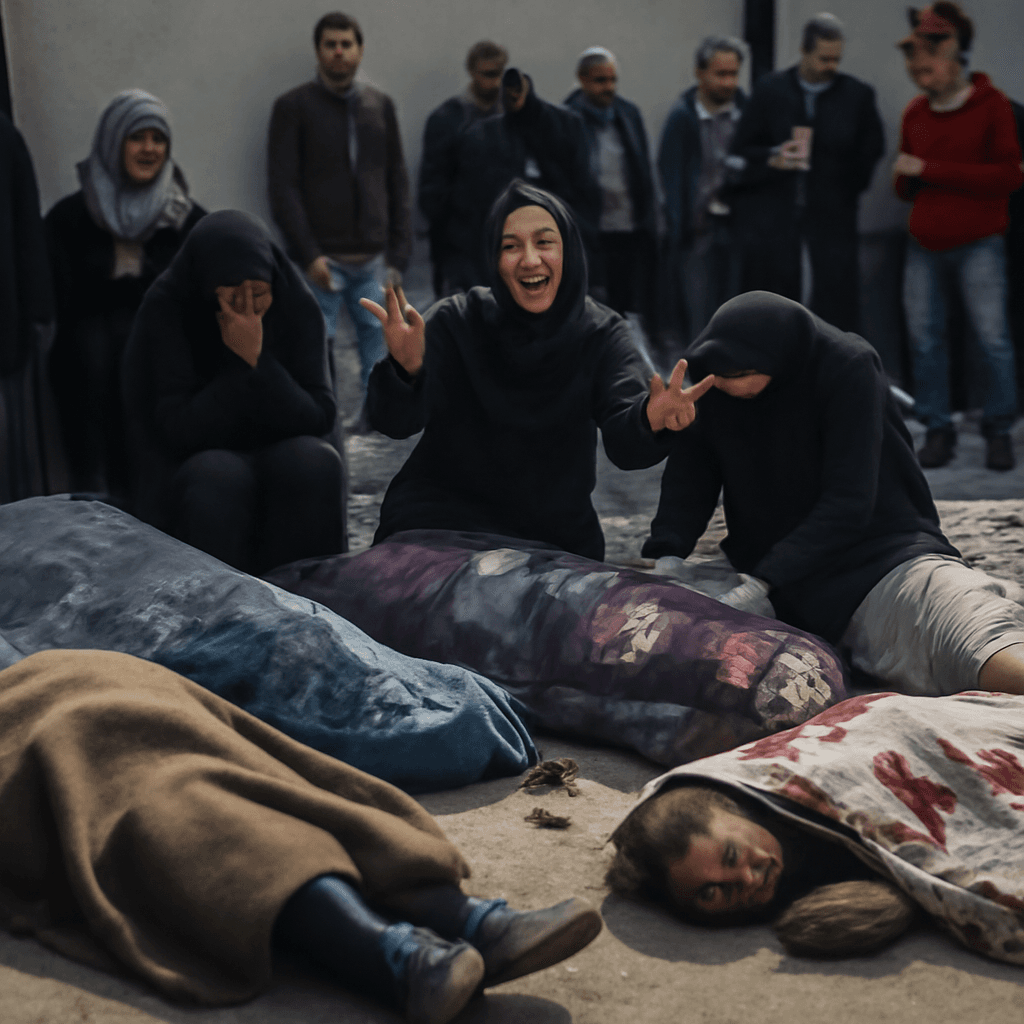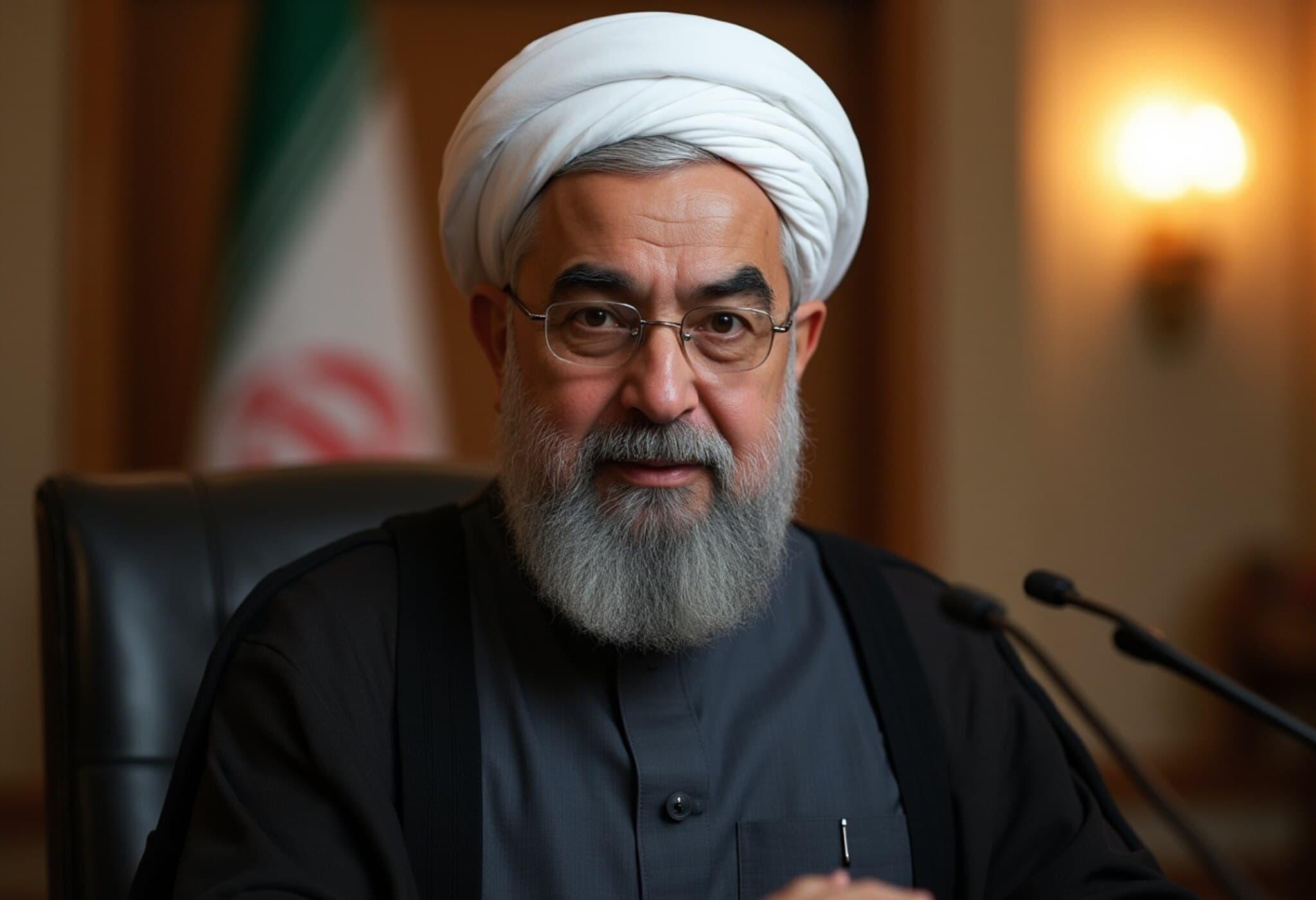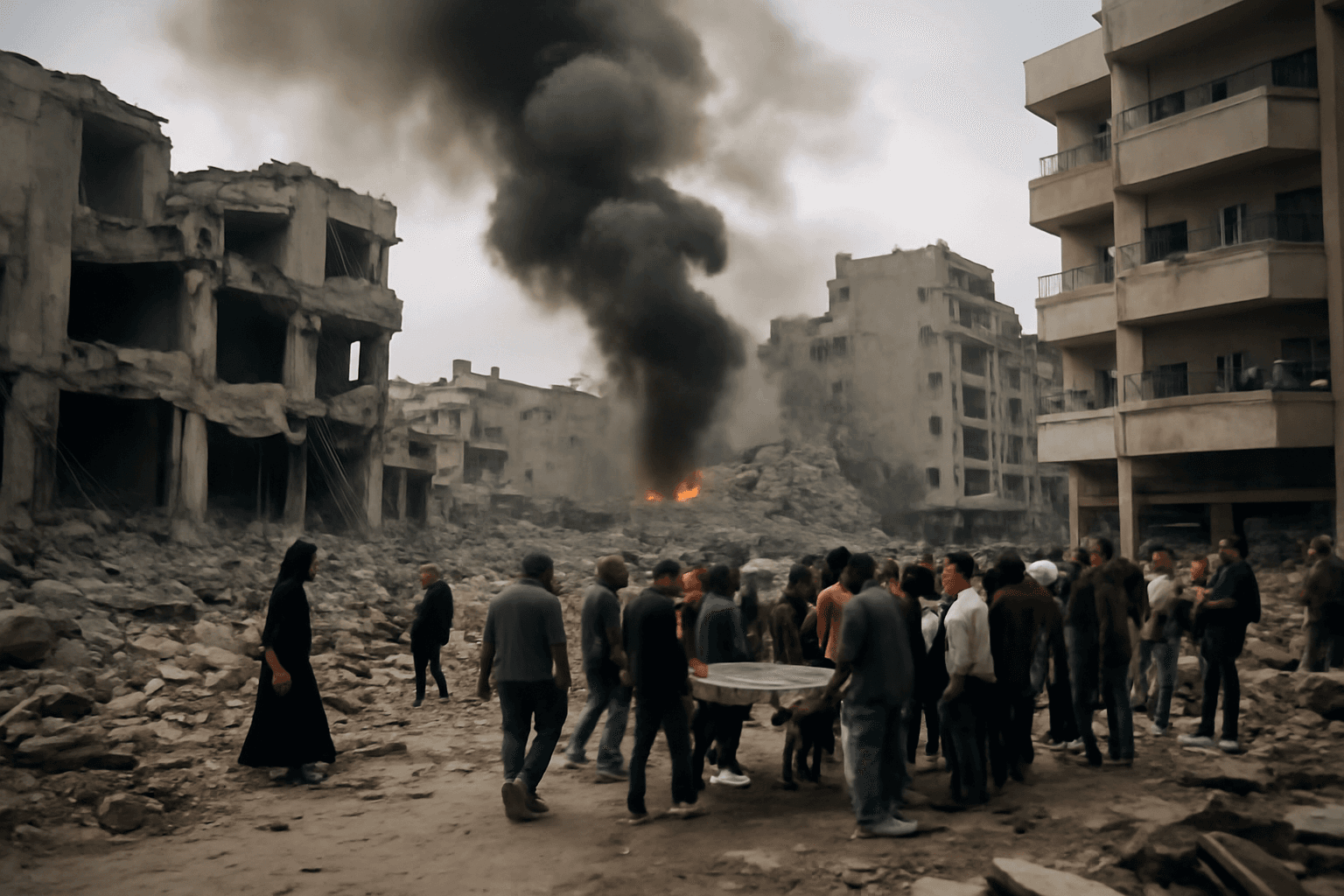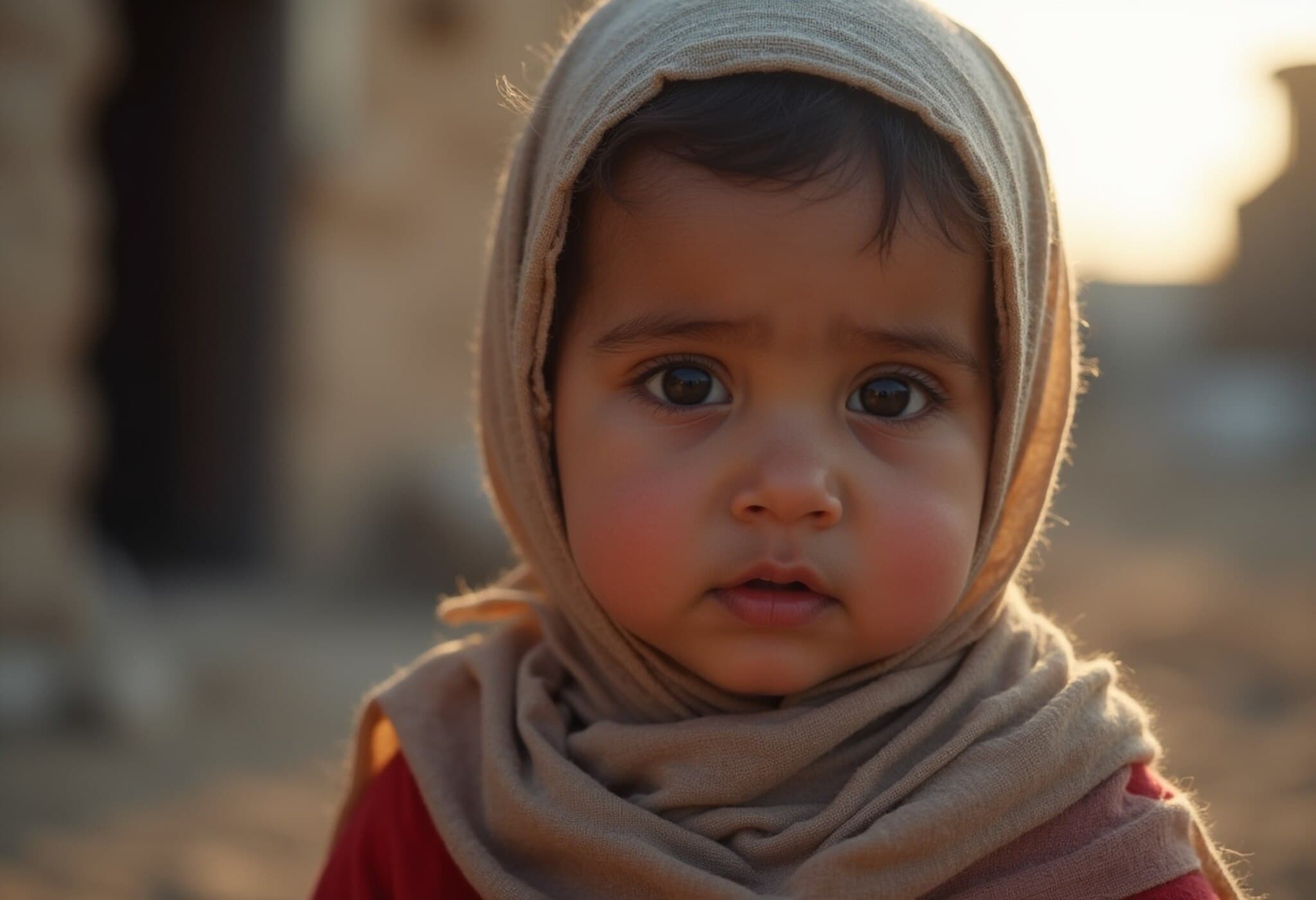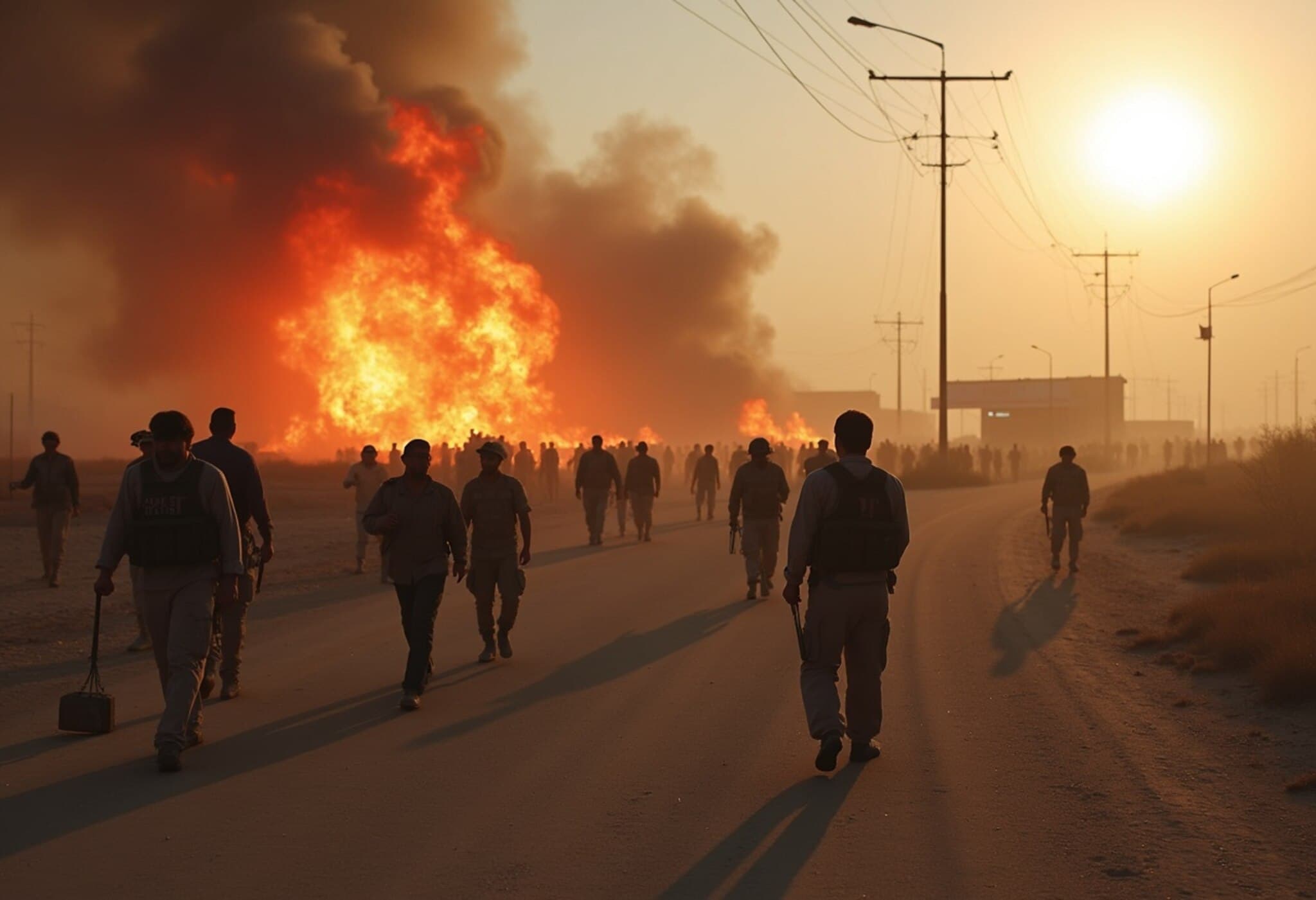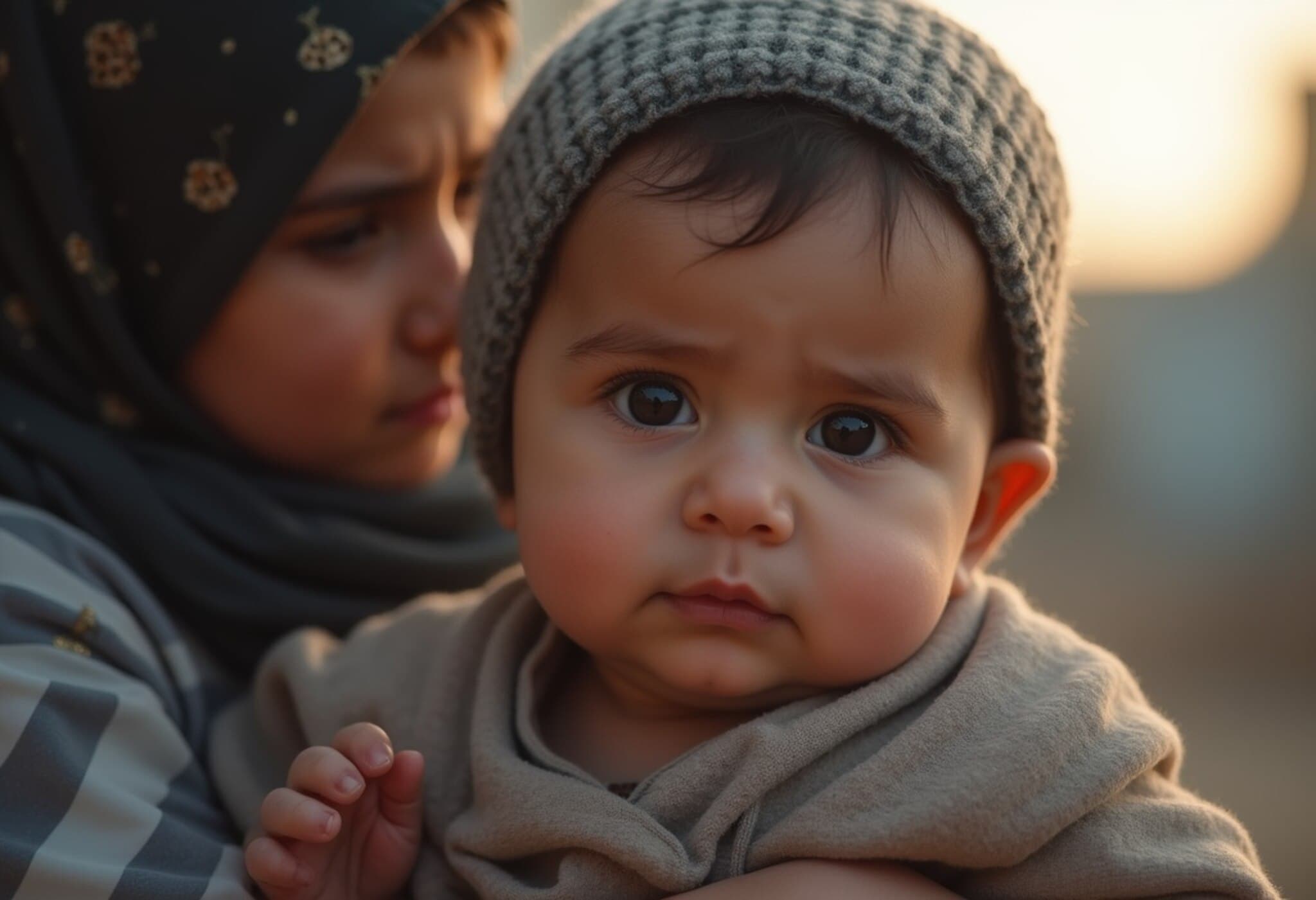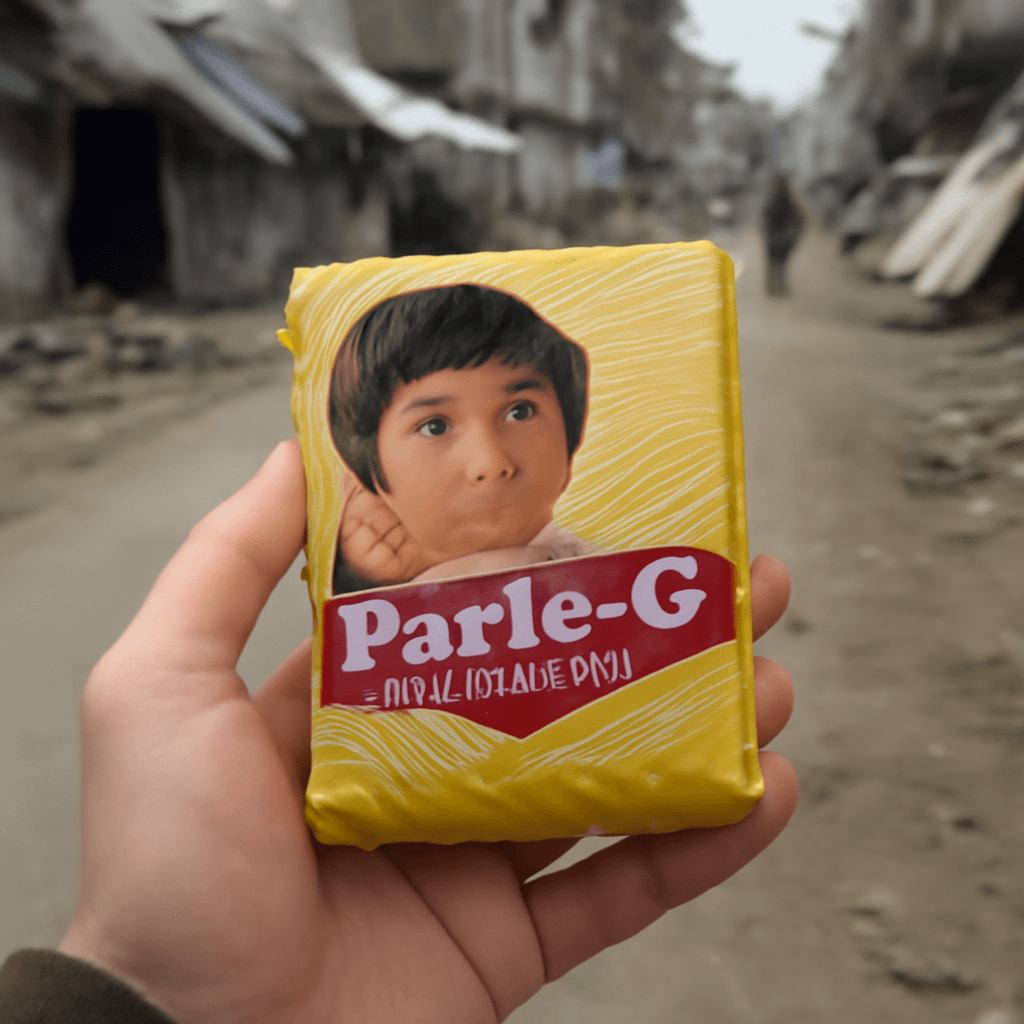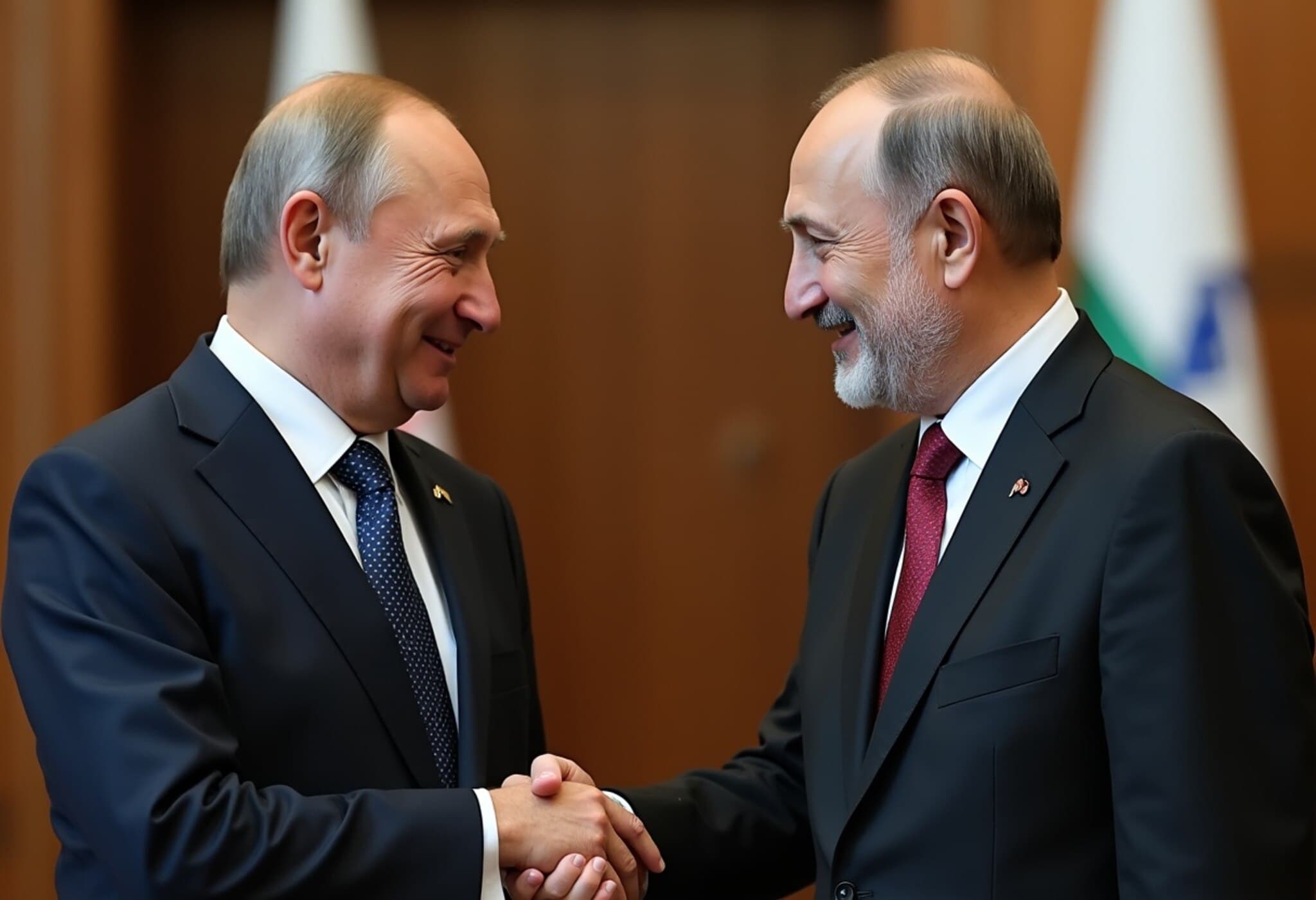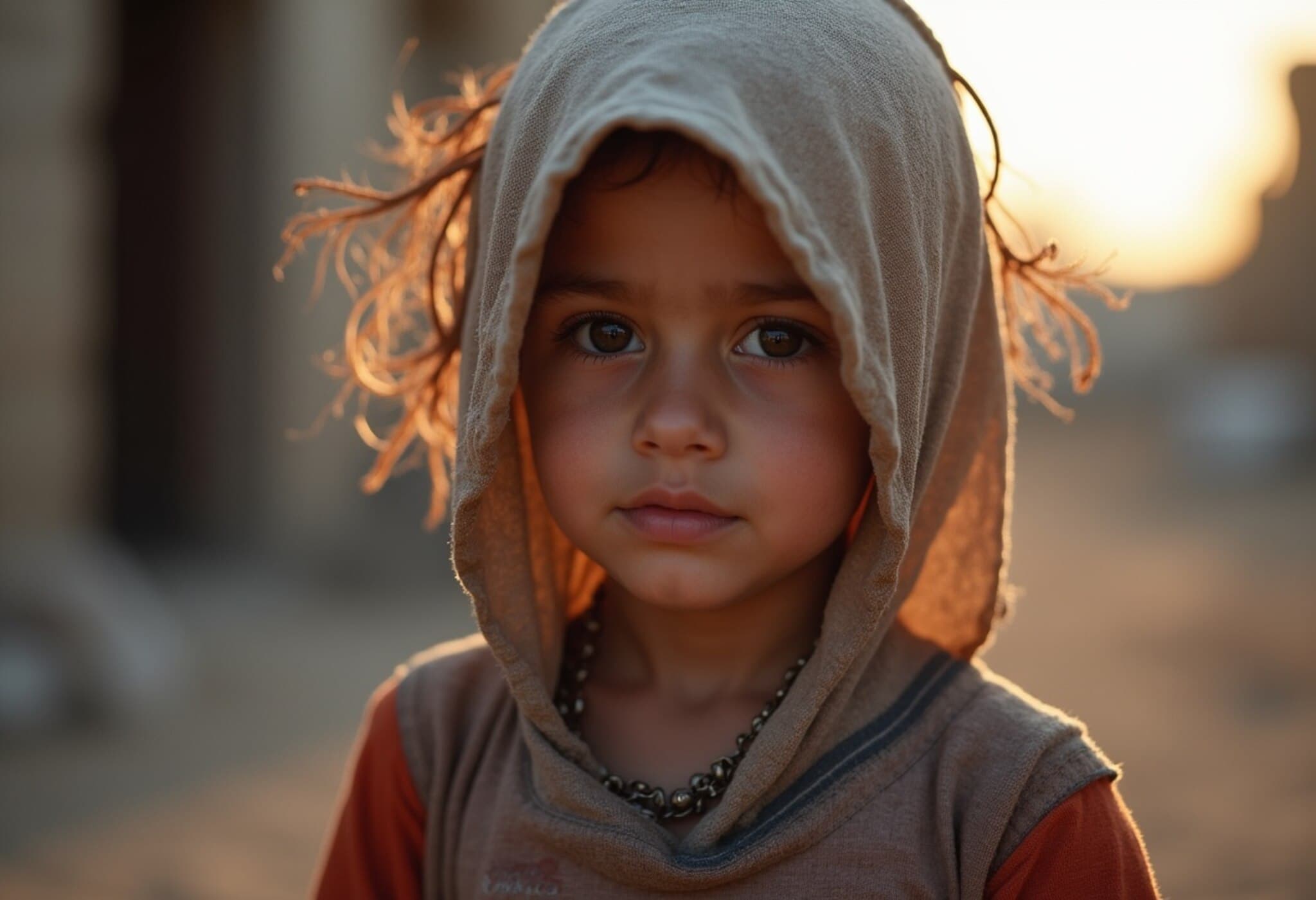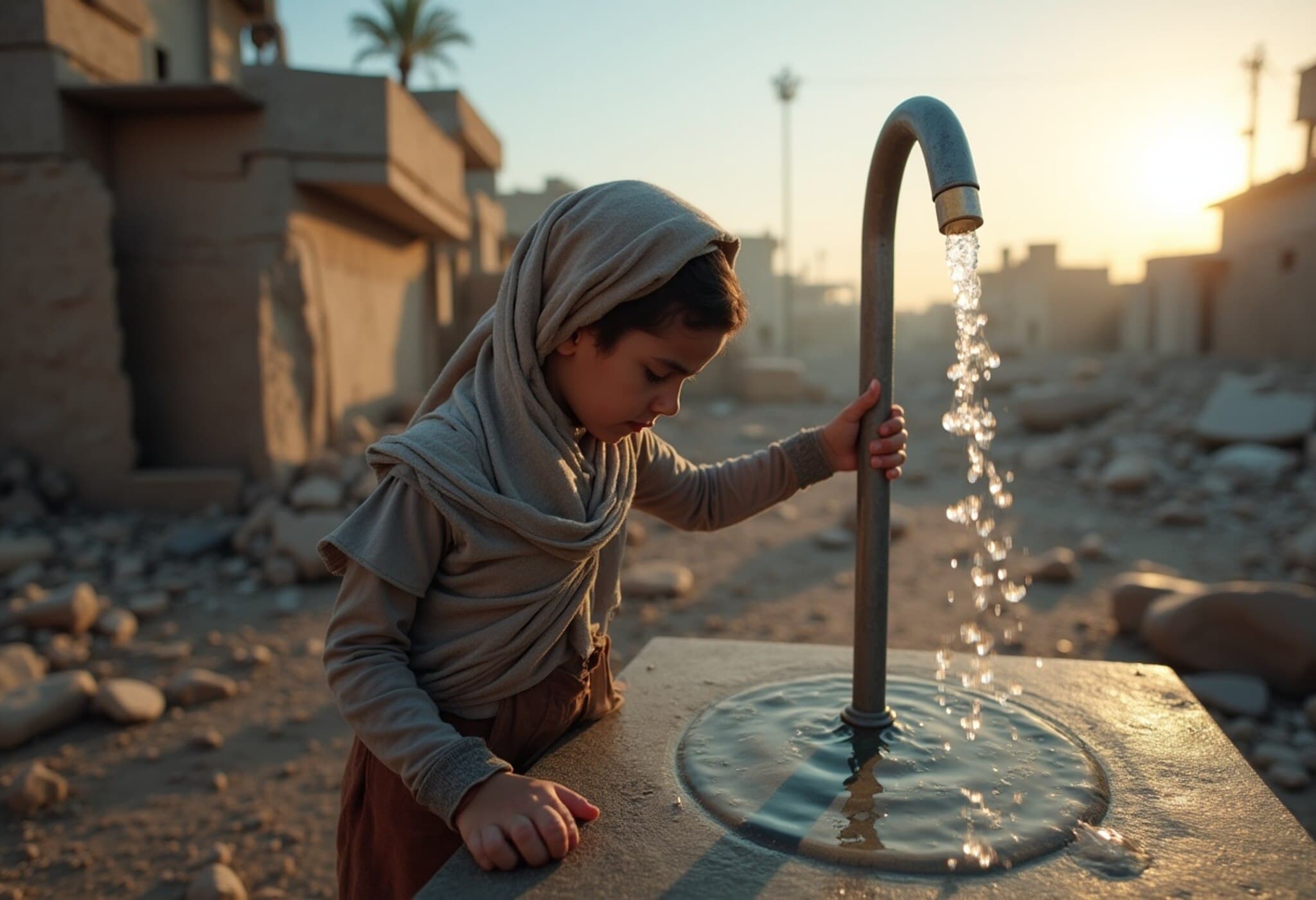Gaza Faces a Grim New Chapter in Hunger Crisis
In the crowded wards of Patient’s Friends Hospital in Gaza, an unsettling scene unfolds: children, some as young as four months old, lie weakened to the point of immobility, their frail bodies bearing the unmistakable marks of severe malnutrition. Over recent days, doctors have witnessed a devastating surge in fatalities directly linked to starvation, crossing a heartbreaking threshold where even previously healthy children are succumbing. This chilling transformation signals a deepening humanitarian emergency far beyond a simple food shortage.
The Deadly Toll on Gaza’s Children
Dr. Rana Soboh, a nutritionist working with the US-based MedGlobal aid organization, describes the situation as an unfolding disaster, "We have crossed a line no one wanted to reach. Children are dying before the eyes of the world, and there is nothing more tragic or harrowing." Recent statistics underline this alarming reality: the Gaza Health Ministry reports 48 deaths from malnutrition-related causes in just three weeks, including 20 children under five — a stark increase from earlier in the year.
The United Nations agencies corroborate these figures, with the World Health Organization confirming 21 child deaths due to malnutrition so far in 2025 and the UN’s humanitarian office, OCHA, highlighting a daily increase in fatalities.
Medical Supplies Run Dry Amidst Blockade
The impact of Israel’s tightened blockade, now stretching over four months, has created dire shortages of critical nutritional supplies and medications in Gaza. Hospital wards designed for fewer patients are now overwhelmed, treating up to 300 malnourished children each day, many kept beyond their usual treatment periods due to lack of improvement.
- Key treatments like potassium supplements and specialized high-calorie foods are alarmingly scarce.
- Many children suffer from gastric arrest, a life-threatening condition where their digestive systems essentially shut down.
- Caregivers and medical staff are pushed to their limits, with some resorting to intravenous drips to maintain their energy amid exhausting conditions.
As one poignant example, five small children died in quick succession over four harrowing days, unable to be saved due to missing essentials like potassium drips or appropriate nutrition substitutes.
Voices from Gaza: A Family’s Struggle
In the Shati Refugee Camp, Naima Abu Ful holds her two-year-old son Yazan, his skeletal frame painfully visible beneath his thin skin. Unable to afford nutritious food, the family relies on a pot of boiled eggplants priced at nearly $14 — a luxury itself — stretched over several days. Despite multiple hospital visits, the parents face the heartbreaking reality that doctors can only advise feeding without access to adequate food.
Naima’s story symbolizes a broader crisis engulfing Gaza’s two million residents, caught between war, blockade, and dwindling humanitarian aid. The physical and emotional toll on families is immense, weaving trauma into everyday survival.
Adults Also Succumbing as Conditions Deteriorate
While children remain the most vulnerable, adults are not immune. Many who have died recently suffered chronic illnesses like diabetes or heart disease exacerbated by severe malnutrition and lack of medical care. Hospital director Mohammed Abu Selmia stressed, "With proper food and medicine, these diseases aren’t deadly. But starvation leaves no margin for survival."
Political Stalemate Leaves Lives Hanging in the Balance
The backdrop to this crisis is Israel’s imposed siege beginning in March aiming to pressure Hamas. For nearly two and a half months, vital supplies — including food, fuel, and medicine — were virtually blocked from entering Gaza, pushing the region precariously close to famine.
Though some supplies have since trickled in, the current average of 69 aid trucks per day falls dramatically short of the 500-600 daily trucks the UN deems essential to stave off mass starvation. The Israeli Foreign Ministry has accused Hamas of interrupting aid distribution, while the UN refutes claims of aid diversion, emphasizing that the blockade itself restricts relief efforts. Meanwhile, desperate crowds and violence around aid distribution points further complicate delivery.
The Humanitarian and Policy Challenges Ahead
This spiraling crisis poses urgent questions for international policy and humanitarian intervention:
- How can aid access be expanded swiftly and safely to meet Gaza’s acute needs?
- What mechanisms might address geopolitical stalemates that fuel prolonged civilian suffering?
- How can the global community ensure accountability for civilian protection amid conflict-induced blockades?
Meanwhile, international voices grow louder. Australia, alongside 27 other nations, condemned Israel’s limited aid allowance as "inhumane killing of civilians," highlighting the dire urgency to transform political rhetoric into action on the ground.
Editor’s Note: A Crisis Beyond Numbers
Gaza’s current hunger crisis is a harsh reminder that beyond statistics and political debates lie countless human stories of children who cannot play, parents who cannot feed, and doctors confronting impossible choices. This deepening emergency challenges us to rethink how conflict, aid, and diplomacy intersect, demanding a renewed commitment to humanitarian principles and practical solutions. Understanding the complex layers—from local suffering to international responsibility—is essential for any meaningful response.


